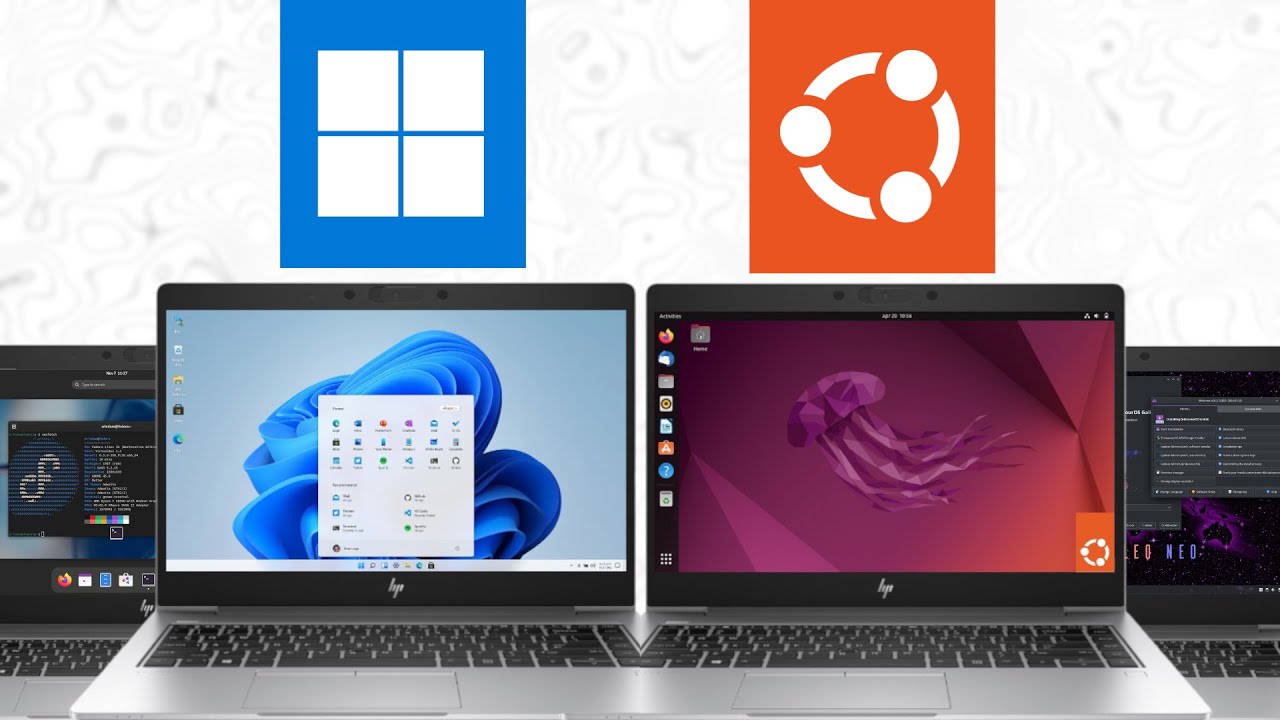Even though different Linux distros are often fairly close in terms of real-life performance and all of them have a clear advantage over Windows in many use cases, we can’t reject the fact that Arch Linux has undoubtedly won the competition. And now I’m so glad to have another reason to proudly say “I use Arch btw”
::: It was a joke of course :::



What are these sizes from? All my Linux installs start with <20G root disks and end up with some spare.
And Windows at 72G? Whilst it’s more than Linux it’s not that much.
I think the videomaker may be failing to account for swap space. The latest Fedora releases use zram (swap that lives in memory instead of hard disk) by default, while the rest do not. Windows in particular does not take 72G and tends to be aggressive in swap allocation. The fact that he presents this data as “free space available” adds confusions while seemingly burying the simplest answer.
deleted by creator
Are you familiar with ZRAM ? I do not understand your certainty that I am incorrect.
deleted by creator
Zram is swap in ram. It uses fast compression to quickly compress memory instead of moving it to disk.
The disagreement here might be a semantic one. When people say “swap” they’re usually referring to the swap partition on disk, not just any memory that can be used to “spill” to.
What you are describing with zram serves a fundamentally different function from swap space. If the OS dumps its memory to swap, the PC can lose power and still recover. If it compresses LRU memory to zram, and loses power, it cannot recover.
Both are useful in low memory situations, but swap covers more than that. Most familiar with swap space would agree that its location on a nonvolatile disk rather than in volatile memory is critical to what makes it “swap” space.
“Some of the use cases include /tmp storage, use as swap disks, various caches under /var and maybe many more. :)”
https://docs.kernel.org/6.1/admin-guide/blockdev/zram.html
I think maybe you think I said “zram offers a subset of features of swap space”. Rather, zram offers a fundamentally different function from swap space as it resides in memory rather than on disk. It does not and cannot replace the function of disk-based swap space.
Edit: again, I don’t want to argue semantics, generally when people say “swap space” they mean the on-disk partition and not just any memory that can be spilled to.
TIL that zram actually does advertise itself as somewhere you can swap to, and generally their terminology is correct, but I think most Linux users colloquially understand swap space as residing in nonvolatile memory.
I think this is like calling a usb-connected flash drive a ‘usb’. That’s one of the use cases, but not purpose of the thing. (This sounded better in my head, it’s more like calling a usb port a ‘flash drive’)
Better one - Firefox’s use cases include watching videos but you wouldn’t call it a video player.